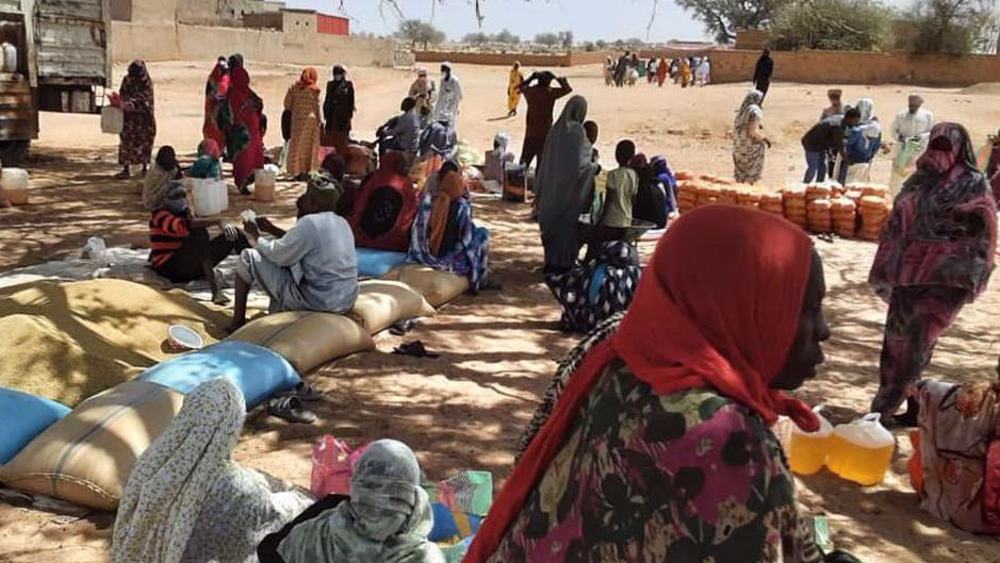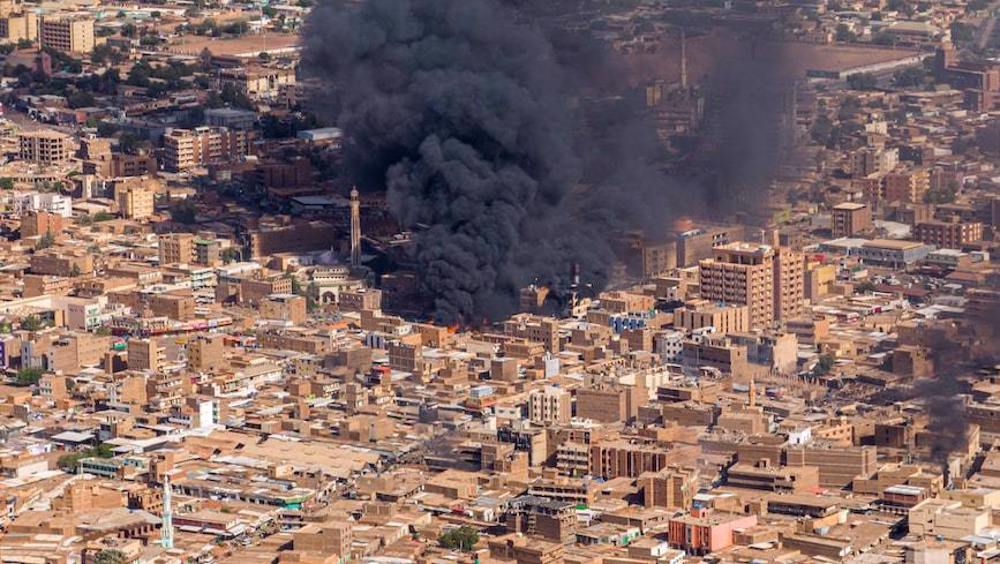UN images reveal 18,000 destroyed structures in South Sudan
United Nations satellite images obtained by The Associated Press show at least 18,000 structures have been destroyed in the Yei area of South Sudan. It is one of the most significant caches of evidence of widespread destruction in the country's civil war.
The Yei region has become an epicenter of fighting between government and rebels after a peace deal collapsed in July. The UN has highlighted the area for its risk of genocide, and an AP reporter late last year during a visit to Yei saw charred bodies with their arms bound.
The UN satellite images taken last month show how population centers like Yei, Morobo and Bazi have been mostly devastated, while the damage reaches deep into the countryside. In parts of Kaya and Morobo towns, nearly every building is in ruins.
The images do not show who is responsible for the destruction, but monitors of South Sudan's peace deal said last week that in most instances in Yei, "buildings were deliberately set on fire by government forces."
A spokesman for President Salva Kiir, Ateny Wek Ateny, called the satellite images "exceedingly rubbish."
"Where are the people? That means that 18,000 families are dead or are displaced," Ateny said.
Government officials have blamed rebels and wildfires for the destruction in Yei, the peace deal monitors said, adding that investigators found that unlikely.
Satellite imagery is increasingly being relied on by investigators to document destruction during South Sudan's three-year civil war, which has killed tens of thousands and sent more than 1.7 million people fleeing the country. About half of them have poured into neighboring Uganda, creating the world's fastest-growing refugee crisis.
Investigators are turning to satellite images as fighting continues to make on-the-ground work dangerous and as South Sudan's government is accused of restricting access to places like Yei. The peace deal monitors have said government forces denied UN officials and investigators access to one Yei village.
A separate collection of UN satellite images obtained by the AP show that destruction of property in the southern Yei region began as early as October, and that a buildup of military forces began as early as September.
Other satellite images from Amnesty International show the aftermath of fighting that erupted in the capital, Juba, in July and left hundreds dead. In one image, the rights group points out a "probable mass grave" visible at a military barracks, likely for troops killed in battle.

By itself, satellite imagery provides incomplete evidence for human rights investigations because it can be misleading or doesn't provide enough detail, said Josh Lyons, a satellite imagery analyst with Human Rights Watch.
"It's only by piecing together both the testimony and imagery that we come to a higher level of understanding of not only what happened but who ultimately is responsible," Lyons said.
The United States and others have been urging accountability. Last month, the UN commission of inquiry for South Sudan was given broader powers to pursue human rights abuses like mass rape and torture, with the new ability to collect and preserve evidence and point the finger at suspected perpetrators.
A spokesman for the UN mission in South Sudan, Daniel Dickson, did not say whether satellite images would be used to document the latest wave of fighting in the southern town of Pajok, where people fleeing this week have reported rapes, killings and abductions. The UN said its peacekeepers were blocked by government forces from investigating the allegations.
(Source: AP)
VIDEO | Press TV's news headlines
France fails to ban anti-Islamophobia protests
In Numbers: 200 days of Israeli genocidal war against Palestinians in Gaza
Death toll mounts in Gaza as Israeli genocidal war marks 200 days
Hamas dismisses US accusation of obstructing ceasefire in Gaza
Gaza solidarity protests sweep US universities despite police crackdown
Tension flares in India after Modi's anti-Muslim hate speech amid elections
Iran, Pakistan to bring peace, stability to region through cooperation: Raeisi















 This makes it easy to access the Press TV website
This makes it easy to access the Press TV website